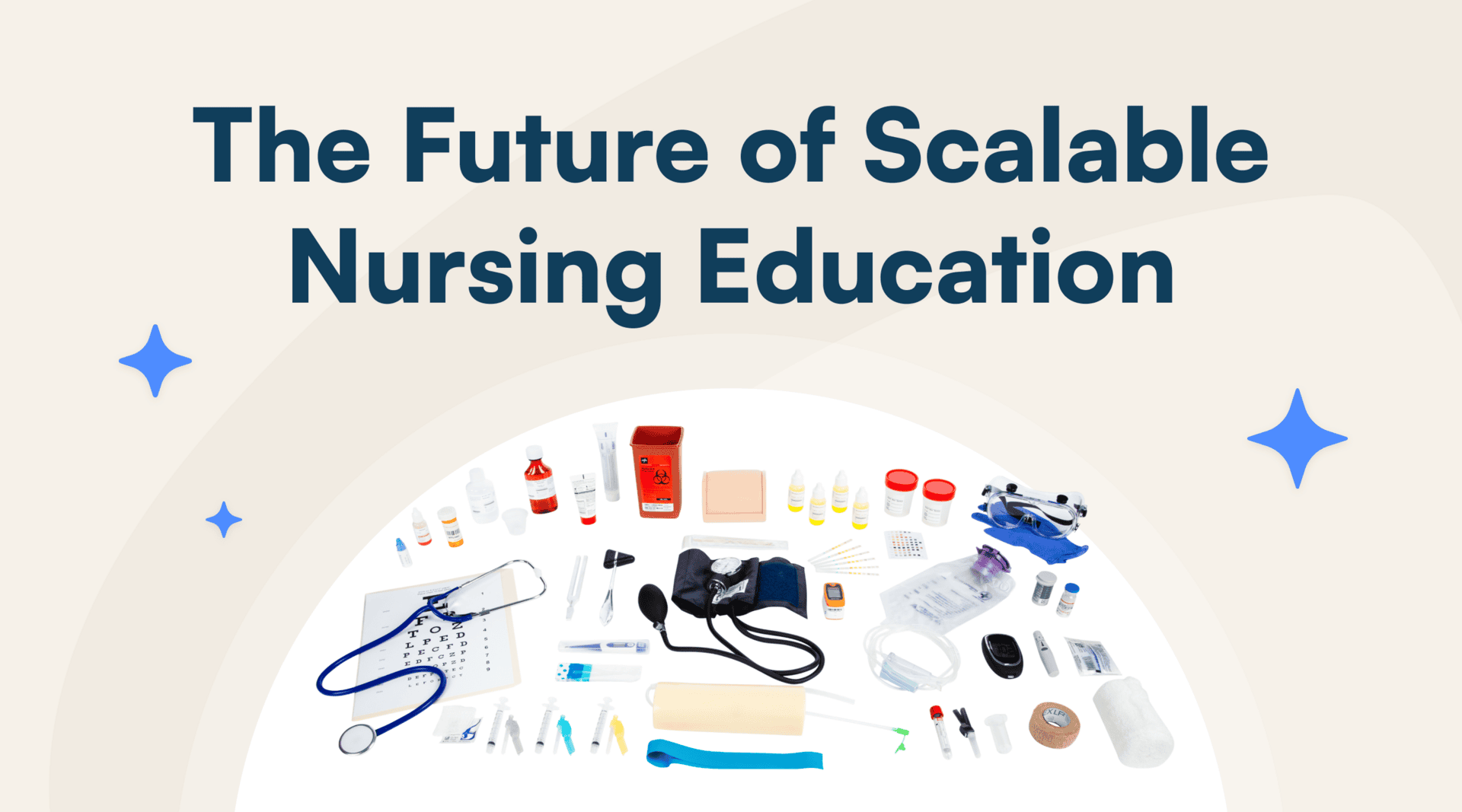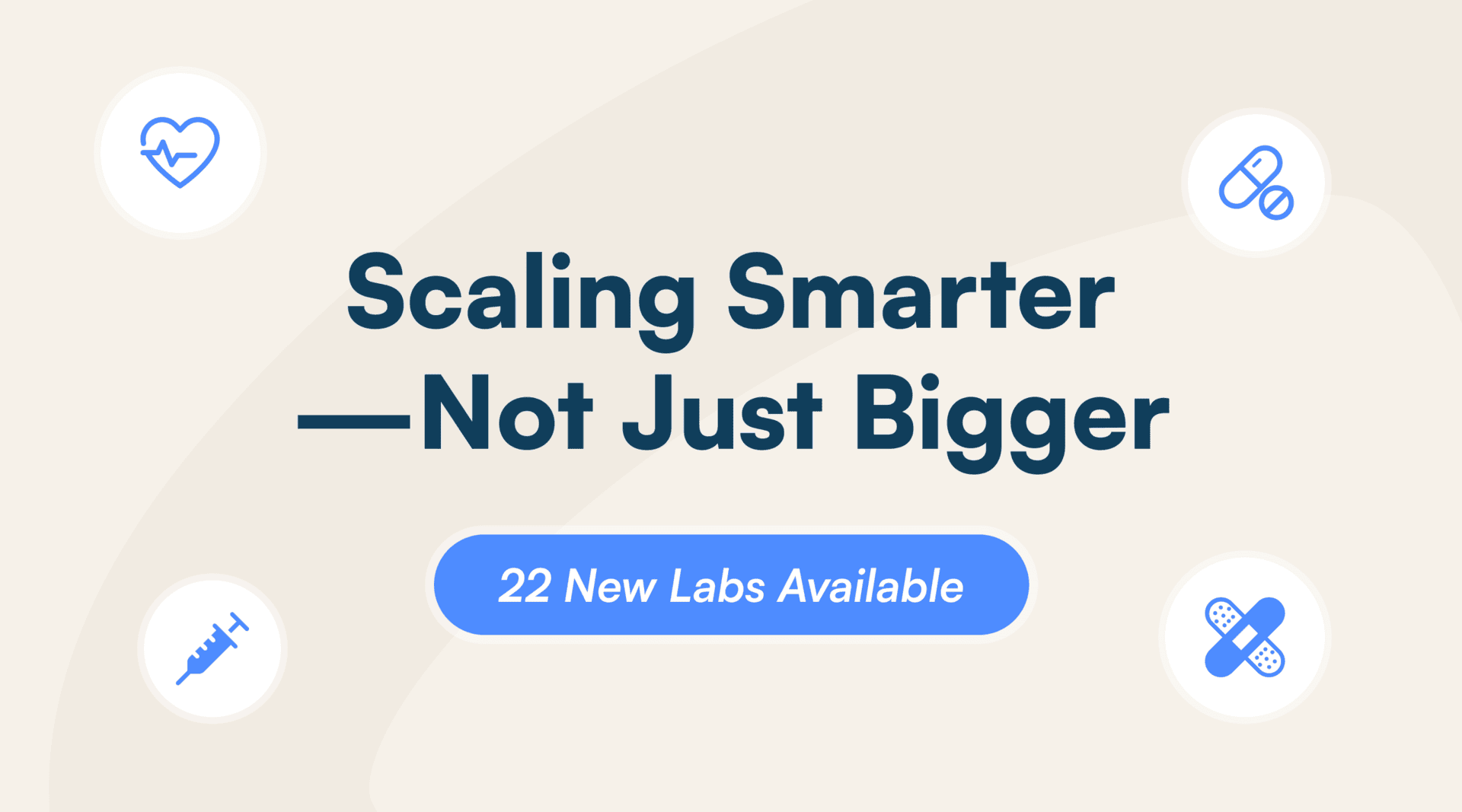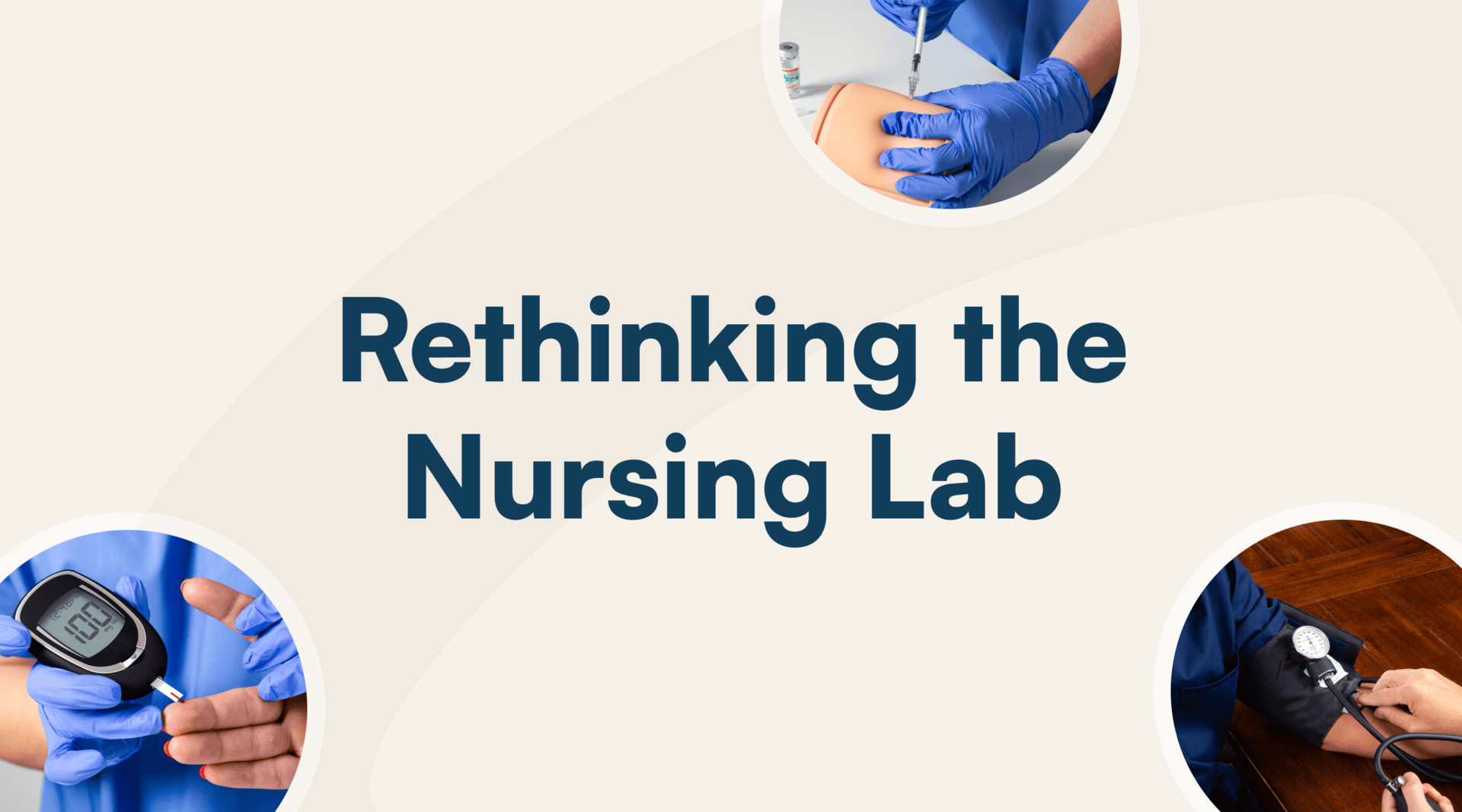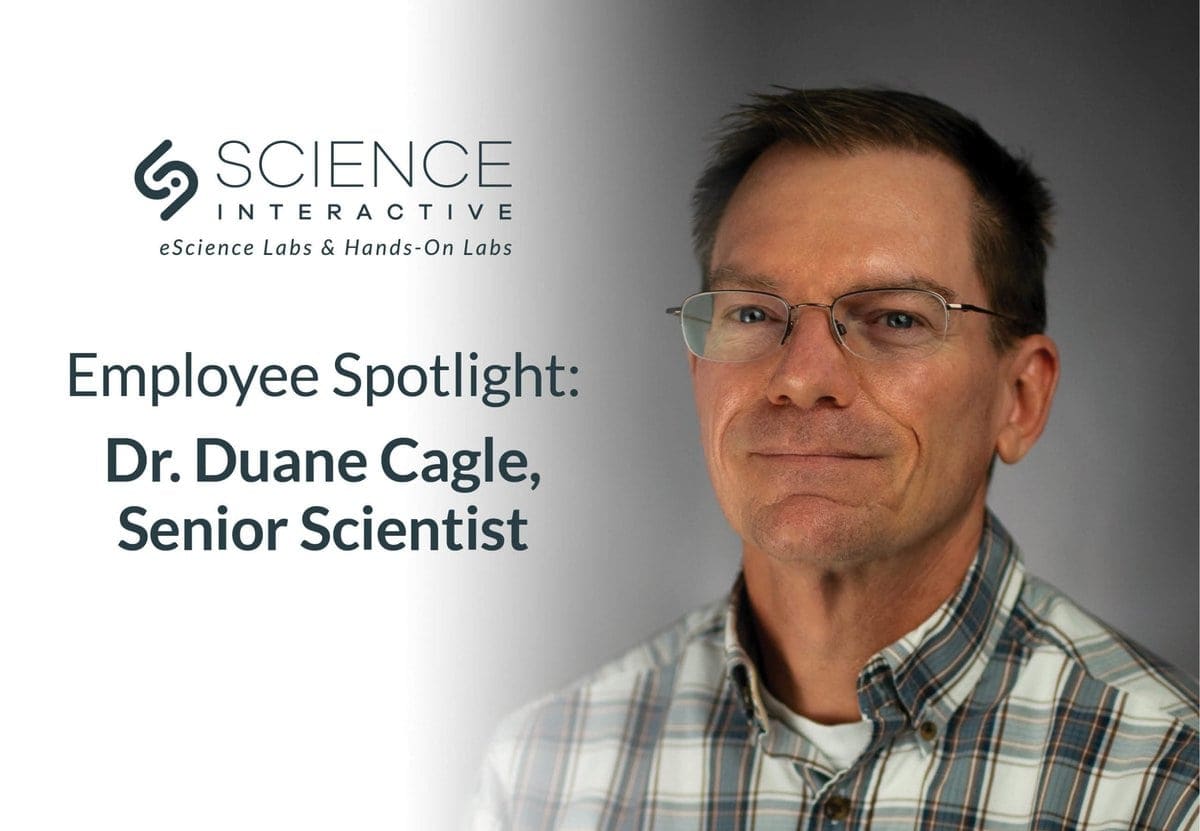At Science Interactive, we’ve been helping schools and instructors bring their lab science courses online for more than two decades. And while our online lab solution covers everything from physical experiments to digital labs, it truly starts with our powerful curriculum—without quality course design, online lab science is simply not possible.
With that in mind, we want to pull back the curtain and highlight our curriculum team—these are the scientists, instructional designers, and graphic designers who make what we do here possible. Today, we’re catching up with Dr. Duane Cagle, Science Interactive’s Senior Scientist:

Name: Duane Cagle
Position: Senior Scientist
Education: B.A. in Biology and M.S in Zoology from the University of Memphis, Ph.D. in Vertebrate Zoology from Colorado State University
Joined the SI team: 2011
Hobbies: Skiing (“I live in Colorado for a reason”) and playing tennis
Favorite quarantine activity: Raising carnivorous plants and maintaining annual fish and aquatic plants in an aquarium. “As a scientist, I’ve always been fascinated by how certain organisms adapt,” Dr. D says. “So I like to say that I raise plants that act like animals, and animals that behave like plants.”
What brought you to Science Interactive?
Before coming to Science Interactive, I taught a lot of different biology courses — everything from intro to biology, cell biology, to ornithology. That gave me an understanding of the particular challenges Instructors face when trying to design a student experience for a variety of learners.
So, when I came across Science Interactive, I recognized that, because we were supporting online courses without the need for a traditional lab facility, they would face a unique set of challenges. We are reaching more individuals than on-campus courses ever have; that in itself is more difficult, creating content for a bigger diversity of students and learning styles. It’s a much more interesting proposition for how we teach and write curriculum, and I was drawn to that challenge and the possibilities it could open up.
What’s something you’re particularly proud of from your time at Science Interactive?
I’ve been particularly proud of any of the projects we’ve completed for revamping and overhauling our content. The company has been designing curricula and materials for more than two decades, but because education is constantly changing, we need to regularly revisit that course content. Whenever we have the opportunity to revisit a certain discipline and reevaluate both the curriculum and the physical materials, when we have to figure out how we can improve student outcomes based on how we revamp those elements — I find that very satisfying.
What’s your favorite part of working at Science Interactive?
I really enjoy working on a team with experts in so many areas. A benefit of the current team is that we have professionals to assist the curriculum writers in designing and delivering interactive content that five years ago, we did not have. So while I work with other scientists, peers with similar educational backgrounds, we also have course specialists, graphic design specialists, video editors.
If I need a video shot with a particular lab technique, for instance, no longer do I have to grab one of my fellow Ph.D.’s, who also has zero video production background, so the two of us can try to figure it out on our own. Now we can share it with our video producer who can figure out the materials and the lighting and the editing and give us a publishable product we can integrate in our content. It’s great to have that diversity of expertise on our team, especially as technology advances and we continue to develop more interactive content for students.
Having seen the evolution of the online education industry over the past decade, do you have predictions for what sorts of developments we might see in the next few years?
There have always been two camps for how you teach online science courses. Some schools have wanted a strictly virtual experience for students, and that serves their needs as an institution. Other schools have needed the online experience to mirror the on-campus laboratory experience as closely as possible.
What we’re seeing now is that with more schools teaching online, that delineation of virtual vs. hands-on experiences is no longer so clear. A lot of newer institutions are looking for a course that combines these virtual activities with more tactile, traditional experiences. And today, the ability to create high-quality digital experiences is growing with the demand for that type of product.
Within a given lesson, we are now offering procedures with both tactile and digital options, giving institutions the ability to compare the outcomes from both. This is wonderful for students as not everyone learns the same way. We can now reach different types of learners where they need us.
Want to see what Dr. D and his team have been working on?
Request a free demo OR build your custom course today!
Discover more articles

Science Interactive Launches New Nursing Fundamentals

What Clinical-Ready Actually Looks Like (And How to Get There Sooner)


